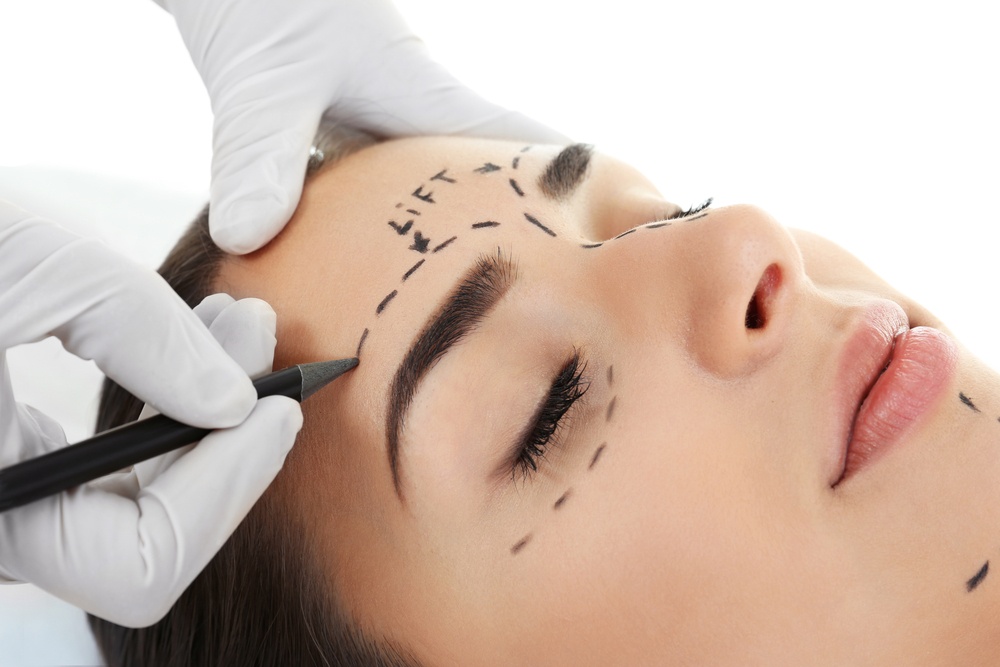
Undergoing brow lift surgery can be a significant step in your gender affirmation journey, helping to create a more aligned facial appearance that reflects your true self. However, the success of your surgery doesn’t just depend on the procedure itself; proper aftercare is crucial for achieving the best results and ensuring a smooth recovery. This guide will walk you through everything you need to know about post-brow lift surgery aftercare, with a focus on the unique needs of transgender individuals. By following these recommendations, you can support your healing process and enjoy the benefits of your surgery to the fullest.
Table of Contents
Understanding Brow Lift Surgery
Before diving into aftercare, it’s important to have a basic understanding of what brow lift surgery entails. A brow lift, also known as a forehead lift, involves repositioning the eyebrows and smoothing out forehead wrinkles to create a more youthful and refreshed appearance. For transgender individuals, this procedure is often part of facial feminization or masculinization surgery, helping to achieve a more traditionally feminine or masculine brow shape.
The surgery can be performed using various techniques, such as the traditional coronal brow lift, endoscopic brow lift, or temporal brow lift. The specific technique used will influence the recovery process, but in general, aftercare principles remain consistent.
Immediate Post-Surgery Care
The first 24 to 48 hours after your brow lift surgery are critical for setting the stage for a successful recovery. During this time, you’ll need to rest and closely follow your surgeon’s instructions.
1. Managing Swelling and Bruising
Swelling and bruising are common after brow lift surgery, especially around the forehead, eyes, and brows. To minimize these effects, you should:
- Apply Cold Compresses: Use cold compresses or ice packs wrapped in a cloth on your forehead and around your eyes for 10-15 minutes at a time. This can help reduce swelling and numb any discomfort.
- Keep Your Head Elevated: Sleeping with your head elevated on multiple pillows or in a recliner can help reduce swelling by promoting proper blood circulation. Avoid lying flat for the first few days.
2. Pain Management
It’s normal to experience some pain or discomfort after brow lift surgery. Your surgeon will likely prescribe pain medications to help manage this. Take your medications as directed and avoid over-the-counter pain relievers like aspirin, which can increase the risk of bleeding.
3. Caring for Incisions
Your surgeon will provide specific instructions on how to care for your incisions. This may include:
- Keeping the Area Clean and Dry: Gently cleanse the incision sites with mild soap and water as directed by your surgeon. Pat the area dry with a clean towel.
- Avoiding Direct Sunlight: Protect your incisions from direct sunlight, as UV exposure can cause hyperpigmentation and affect the healing process. If you need to go outside, wear a wide-brimmed hat or use sunscreen with a high SPF.
The First Week of Recovery
The first week following your brow lift surgery is a crucial period for healing. During this time, you’ll likely have follow-up appointments with your surgeon to monitor your progress and remove any sutures or staples.
1. Rest and Limit Physical Activity
It’s important to rest as much as possible during the first week of recovery. Avoid any strenuous activities, heavy lifting, or bending over, as these actions can increase blood pressure in your head and potentially lead to complications.
2. Monitor for Signs of Infection
While infections are rare, it’s essential to be vigilant and monitor your incisions for any signs of infection, such as increased redness, warmth, swelling, or discharge. If you notice any of these symptoms, contact your surgeon immediately.
3. Follow a Healthy Diet
Eating a balanced diet rich in vitamins and minerals can support your body’s healing process. Focus on nutrient-dense foods like fruits, vegetables, lean proteins, and whole grains. Staying hydrated by drinking plenty of water is also crucial for recovery.
Long-Term Aftercare and Healing
As you move into the second week and beyond, your recovery will continue, and you’ll start to see the full benefits of your brow lift surgery. However, proper aftercare remains important during this phase to ensure optimal results.
1. Resume Normal Activities Gradually
Around the two-week mark, you may be able to gradually resume your normal activities, including light exercise. However, it’s important to listen to your body and avoid pushing yourself too hard. If you experience any discomfort or swelling, take a break and consult your surgeon.
2. Scar Management
Over time, your incisions will heal, but it’s important to take steps to minimize scarring. Your surgeon may recommend using silicone sheets, scar creams, or gentle massage to help improve the appearance of scars. Keep in mind that it can take several months for scars to fully mature and fade.
3. Avoid Smoking and Alcohol
Smoking and alcohol consumption can negatively impact your healing process by reducing blood flow and increasing the risk of complications. It’s best to avoid these substances during your recovery and beyond to support overall health.
Psychological and Emotional Considerations
Undergoing brow lift surgery, particularly as part of gender affirmation, is a deeply personal experience that can have significant psychological and emotional impacts. It’s important to take care of your mental and emotional well-being during your recovery.
1. Allow Yourself Time to Adjust
It’s normal to feel a range of emotions after surgery, from excitement to anxiety. Give yourself time to adjust to your new appearance and be patient with the healing process. Remember that swelling and bruising will subside, and the final results will become more apparent over time.
2. Seek Support
If you’re feeling overwhelmed or anxious, consider seeking support from friends, family, or a mental health professional. Talking about your feelings can help you process your emotions and navigate the post-surgery period with greater ease.
3. Celebrate Your Progress
Take time to celebrate your progress and the steps you’ve taken in your gender affirmation journey. Every milestone, no matter how small, is a testament to your courage and commitment to living as your true self.

